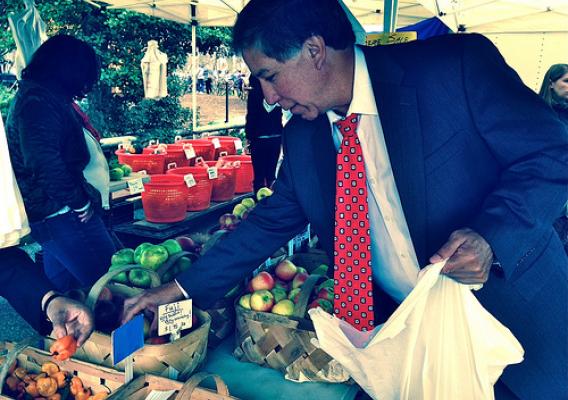Today, as we mark the beginning of National Nutrition Month and the start of National School Breakfast Week, and throughout this month, USDA will be highlighting the work of our programs and partner organizations that support a healthier next generation by improving childhood nutrition and reducing obesity, supporting healthy families, enhancing food access, ensuring food security, promoting local markets, and providing science-based nutrition information and guidance for individuals and policy makers.
Through our nutrition assistance programs, support for farmers and ranchers, and our food safety and regulatory programs, USDA is working hard to ensure that all Americans have access to safe, affordable, healthy food. The Agricultural Act of 2014 (a.k.a. “the Farm Bill”) which was passed by Congress a little over a month ago, as well as the Healthy Hunger-free Kid’s Act of 2010 enable us to continue making progress in this area, and support the health of our nation’s families.





